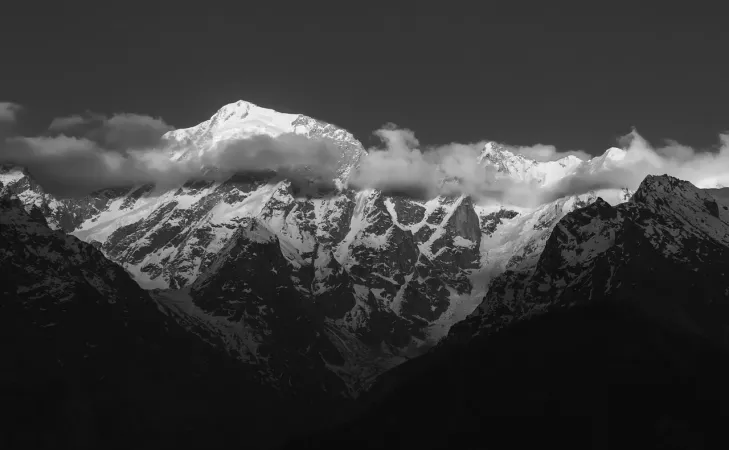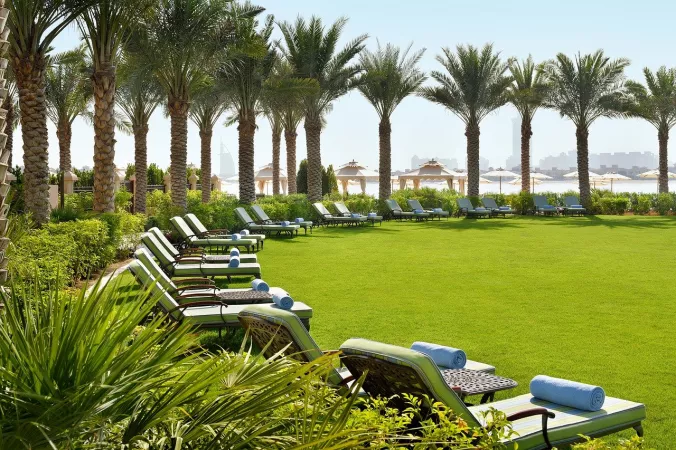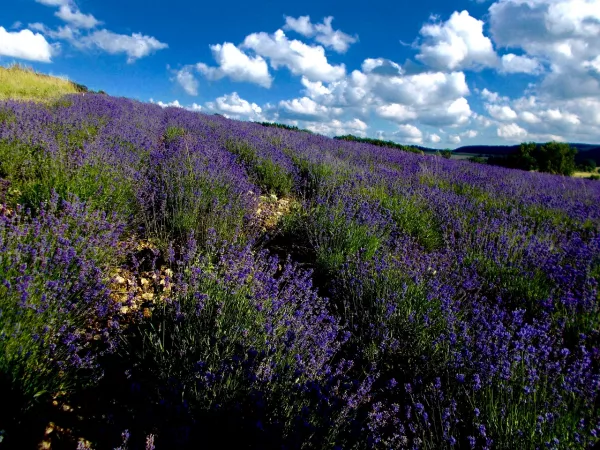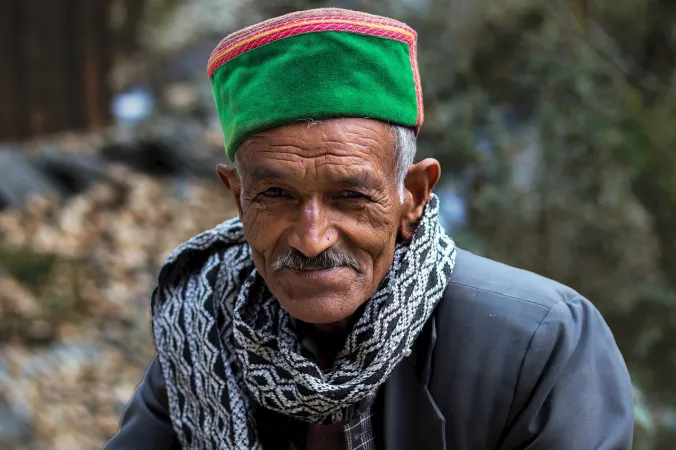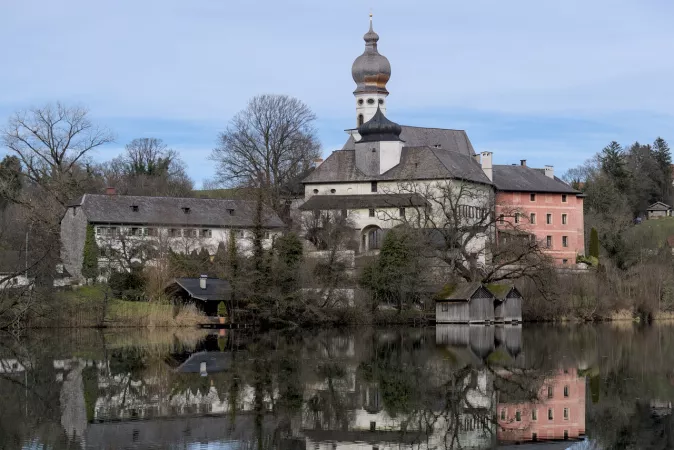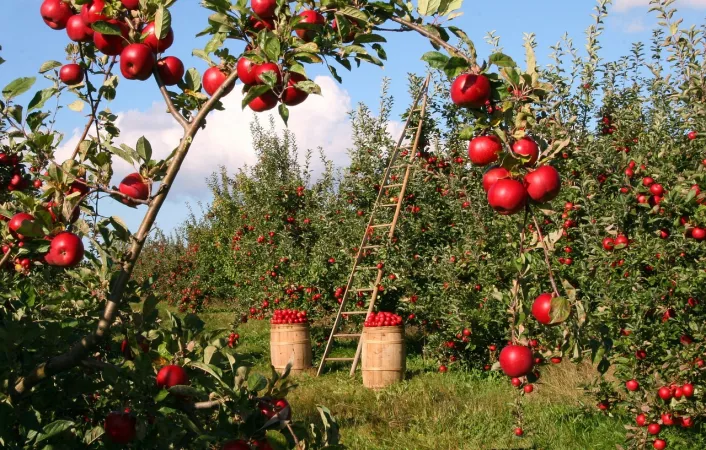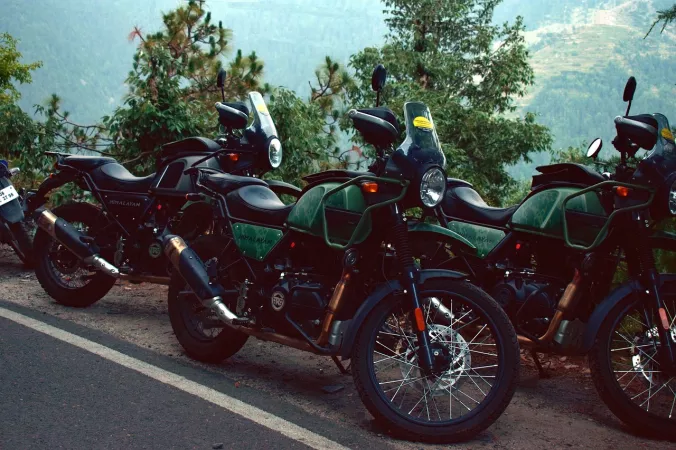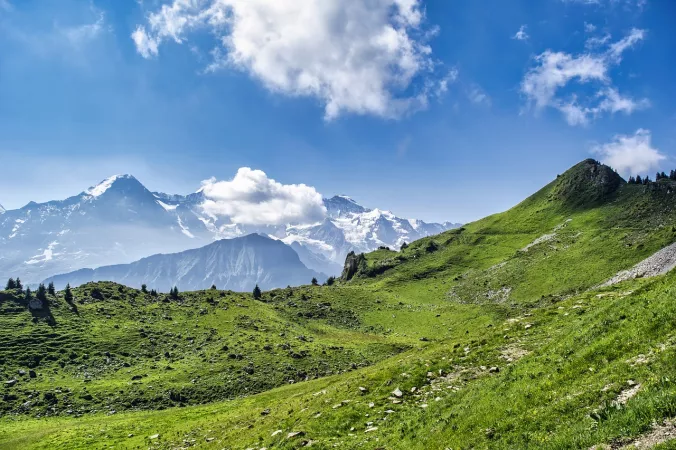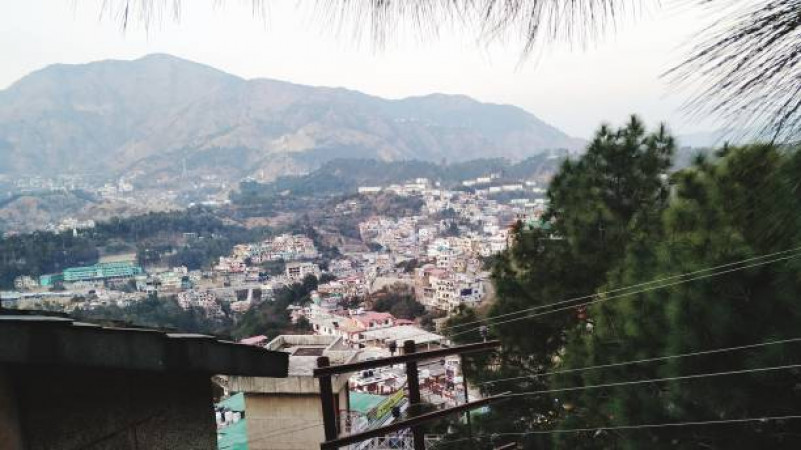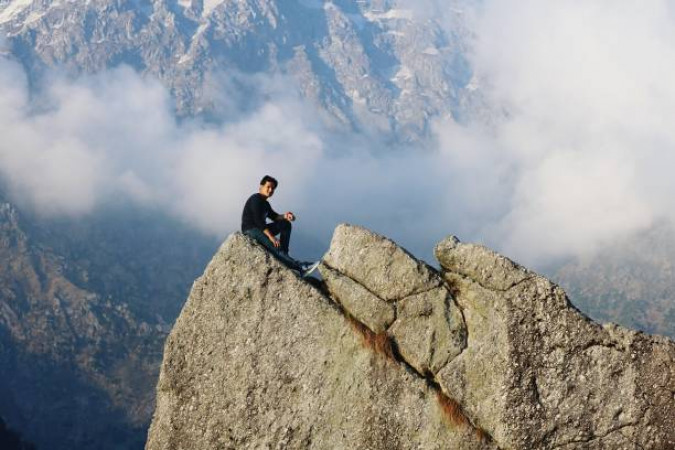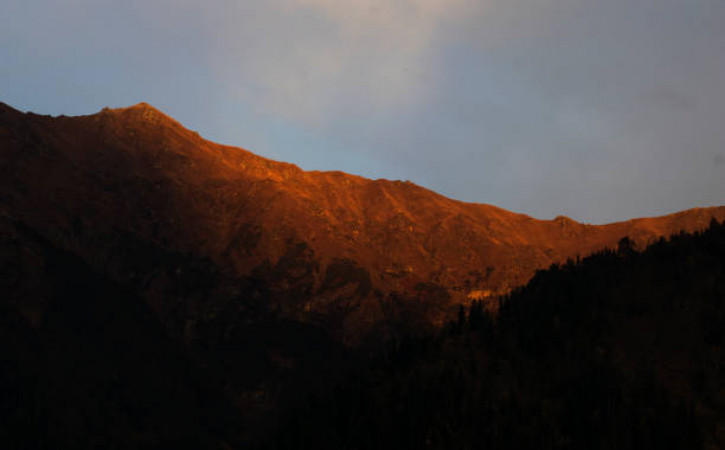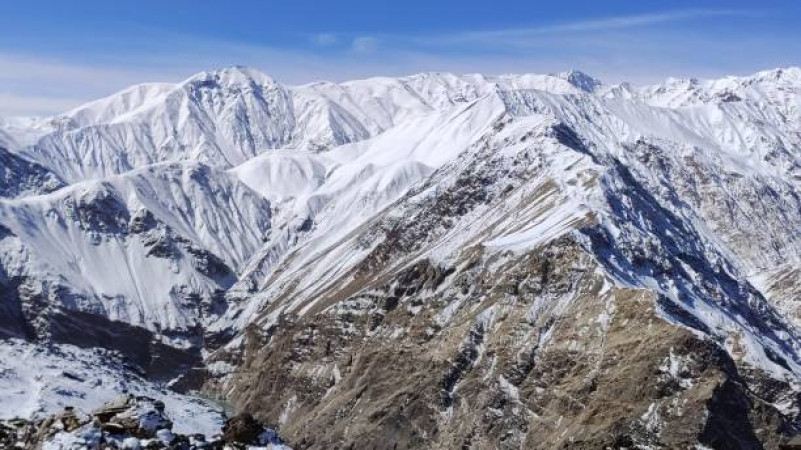
Kinnaur
Package
6999 to 22000
6999 to 22000
Duration
5 to 7 Days
5 to 7 Days
Best time to visit
Apr-Jun, Sep-Oct
Apr-Jun, Sep-Oct
Theme
Hill Station, Adventure, Religious
Hill Station, Adventure, Religious
Kinnaur Travel Guide
Kinnaur is a hidden gem nestled in the northeastern part of Himachal Pradesh, India. This picturesque district is renowned for its breathtaking landscapes, rich cultural heritage, and peaceful atmosphere. Kinnaur is famous for its apple orchards, ancient monasteries, and panoramic views of the Himalayas.Top Attractions in Kinnaur
- Key Monastery
- Sangla Valley
- Nako Lake
- Chitkul Village
- Kamru Fort
Kinnaur is Famous for
Apple Orchards and Himalayan Views.Top Attractions in Kinnaur
- Key Monastery
- Sangla Valley
- Nako Lake
- Chitkul Village
- Kamru Fort
What's Great about Travelling to Kinnaur?
- Peaceful and serene atmosphere
- Spectacular views of the Himalayas
- Rich cultural heritage
What's Not So Great about Travelling Kinnaur?
- Remote location with limited amenities
- Challenging terrain for travel
- Harsh weather conditions in winter
Travel Tips for Kinnaur
- Ensure to carry sufficient warm clothing
- Respect the local customs and traditions
- Book accommodations in advance, especially during peak tourist seasons
Important Kinnaur trip information
- Ideal Duration: 5-7 days
- Best Time to Visit: April to June and September to November
- Nearby Airports and Railway Stations: The nearest airport is in Shimla and the nearest railway station is in Shimla as well.
Top 11 Places to visit in Kinnaur
FAQ's on Kinnaur
Q1: What is the best time to visit Kinnaur?
The best time to visit Kinnaur is during the summer months from April to June when the weather is pleasant and ideal for exploring the lush green valleys and enchanting landscapes. Avoid visiting during the winter months as heavy snowfall can make travel difficult.
Q2: Do I need a visa to travel to Kinnaur?
Foreign tourists traveling to Kinnaur require a valid Indian visa. However, if you are a citizen of Nepal or Bhutan, you do not need a visa to enter India. Make sure to check the specific visa requirements based on your nationality before planning your trip.
Q3: What are the must-visit attractions in Kinnaur?
Kinnaur is known for its breathtaking beauty and serene landscapes. Must-visit attractions include the Kamru Fort, Sangla Valley, Chitkul Village, Nako Lake, and the picturesque Baspa River. Don't miss experiencing the local culture and traditions by visiting the ancient temples and monasteries scattered across the region.
Q4: Is Kinnaur a safe place to travel?
Kinnaur is generally considered safe for tourists. However, it is advisable to respect the local customs and avoid traveling alone at night. Be cautious while trekking in remote areas and always follow safety guidelines provided by local authorities.
Q5: What is the local currency in Kinnaur and can I use credit cards?
The local currency in Kinnaur is the Indian Rupee (INR). While credit cards are accepted in some hotels and larger establishments, it is recommended to carry cash for smaller purchases. ATMs are available in major towns like Reckong Peo and Sangla.
Q6: What is the local cuisine like in Kinnaur?
Kinnaur offers a unique culinary experience with dishes like Sidu, Thukpa, Momos, and Chilra being popular among locals and tourists. Don't miss trying the local apples, apricots, and traditional Kinnauri Dham (a festive meal). Vegetarian and non-vegetarian options are available, catering to various dietary preferences.
Q7: What transportation options are available in Kinnaur?
In Kinnaur, transportation options include buses, shared taxis, and private cabs for traveling between towns and villages. The winding mountain roads offer spectacular views but can be challenging for inexperienced drivers. It is recommended to hire a local driver or use public transport for a more convenient journey.
Q8: Are there any cultural norms or etiquette I should be aware of when visiting Kinnaur?
When visiting Kinnaur, it is important to respect the local customs and traditions. Dress modestly, especially when visiting religious sites. Always seek permission before taking photographs of locals or their homes. Greet people with a 'Namaste' and be mindful of local taboos. Avoid littering and follow eco-friendly practices to preserve the natural beauty of the region.
Q9: I am a travel agent. How can I buy travel leads of Kinnaur?
Register yourself as a travel agent at agents.tripclap.com and then you can buy travel leads to Kinnaur once your account is approved. For more details contact our support team at +91-8069186564 or support@tripclap.com
